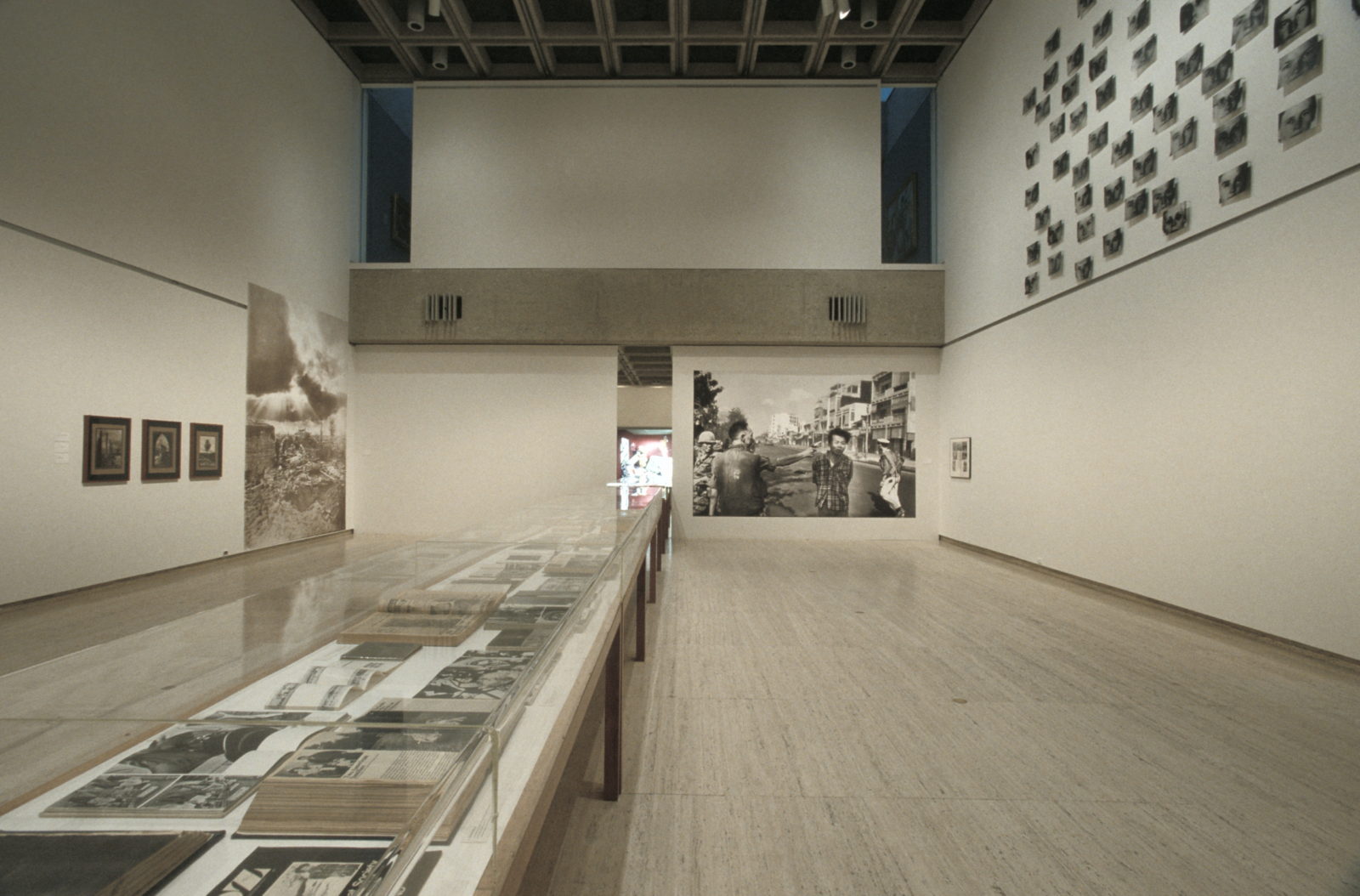World without end examined the relationship between the photograph and collective or cultural memory in the twentieth century, and the relationship between the photograph and the workings of the imagination. As a consequence, it did not deal directly or specifically with issues to do with art history, the history of photography, or the relationship between the two. It did, however, examine the nature of the photographic object, the aesthetics of that object, and specific aspects of an artist’s oeuvre.
The photograph can often tell us more about the inner world of its maker and its various spectators than about the external world that it is supposed to document. The collisions of past and future in a photographic present and in our imaginary have changed our understanding of time, of the world and what its contents are.
World without end was the first international photographic exhibition to be organised from Australia. It included more than 250 works from Europe, the US, Japan, Africa and Australia. For the first time, Australian photography was presented alongside international peers in a major exhibition.
Some of those included were Eddie Adams, Manuel Alvarez Bravo, Diane Arbus, Eugène Atget, Pat Brassington, Claude Cahun, Rineke Dijstra, Walker Evans, Sue Ford, Florence Henri, Eikoh Hosoe, Carol Jerrems, Seydou Keita, Man Ray, Chris Marker, Tracey Moffatt, Yasumasa Morimura, August Sander, Alfred Stieglitz, Hiroshi Sugimoto, Jeff Wall, Andy Warhol, Weegee and Yva.


